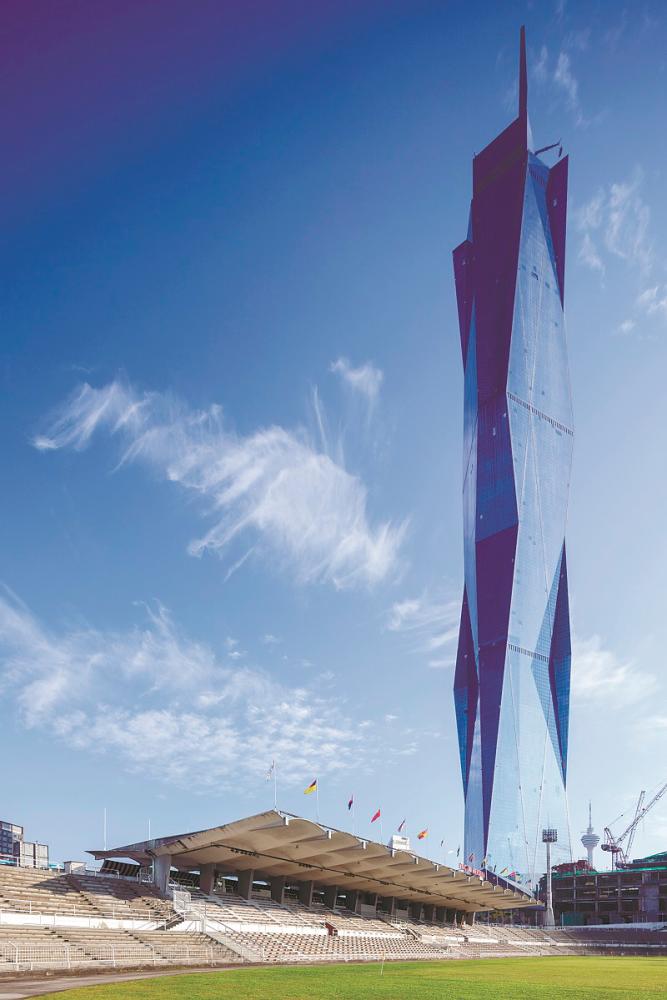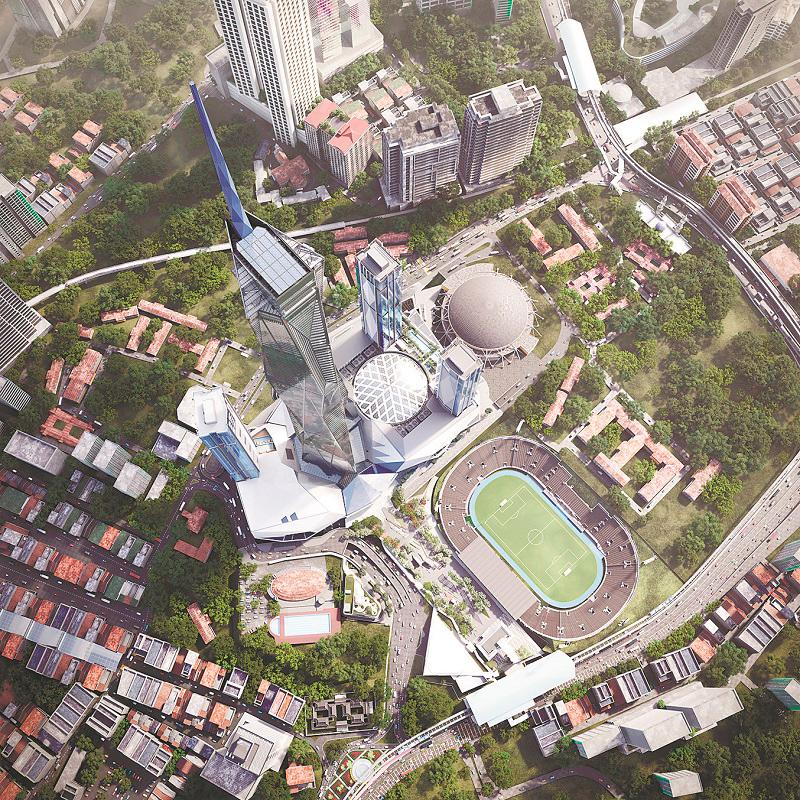SITUATED in the heart of Kuala Lumpur, the iconic Stadium Merdeka is a tangible reminder and potent symbol of the nation’s independence. However, this significant landmark and national treasure has been closed since 2016.
After working on Stadium Merdeka’s revitalisation for nearly a decade, custodian PNB Merdeka Ventures (PNBMV) reopened the doors to the national treasure on Aug 17, the stadium hosting The Sultan of Selangor’s Cup (TSSC), an annual friendly football match on the aforementioned date. It was the first time TSSC was held at Stadium Merdeka.
Most Malaysians have never stepped foot in the historic grounds of the stadium and some have even forgotten that Stadium Merdeka exists. PNBMV is seeking to change this by breathing life back into the venue that signalled Malaysia’s independence.
Historical significance
Built within a year from 1956 to 1957 with Tan Sri Stanley Edward Jewkes as its architect, Stadium Merdeka was a feat in modern engineering at the time and a testament to the will of the Malaysians then to realise the nation’s independence. The engineering marvels in Stadium Merdeka include the shell roof becoming the longest dual-direction cantilevered structure in Southeast Asia and the floodlight towers being the world’s tallest pre-stressed structure in 1957.
Conceived with the purpose of being the hallowed ground where Malaysia’s birth would take place, several days after construction, Stadium Merdeka’s 20,000 capacity was maxed out as Malaysia’s first prime minister Tunku Abdul Rahman took to the podium to declare the country’s independence with the now-infamous rallying cry of “Merdeka!”.

Moving forward
Stadium Merdeka’s revitalisation underwent two phases that saw several big changes, such as the reverting of the 45,000 seats from 1989’s SEA Games back to the original 20,000 from 1957.
The restoration effort by PNBMV is not solely rooted in preserving a critical piece of Malaysian history as the stadium’s custodians have extensive plans set in place to turn the stadium into a multifunctional venue that draws in Malaysians from all walks of life.
PNBMV communications head Liza Karim said the TSSC football match will be followed by community, sports, music, cultural and educational events taking place in the symbolic venue of Malaysia’s independence.
Once located in a vacant area, modern day Stadium Merdeka now sits in the Merdeka 118 precinct, flanked by the towering building and the soon-to-be completed 118 Mall.









